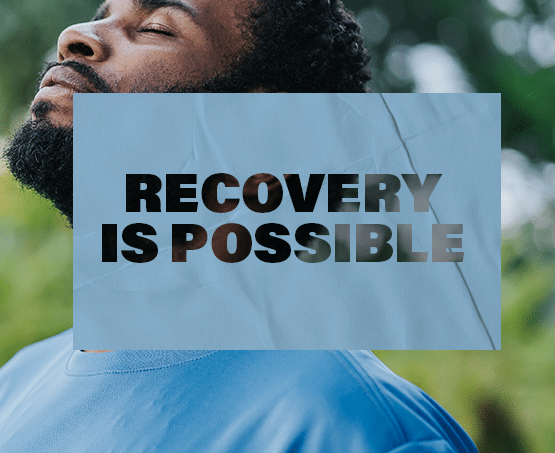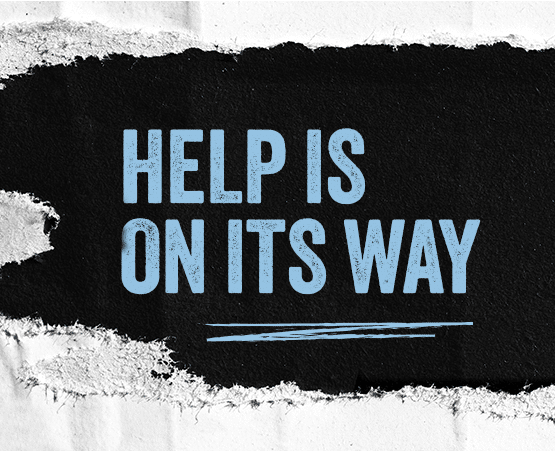An opioid overdose requires immediate medical attention. Call 911 immediately if you or someone you know exhibits any of the symptoms.

The strength of the African American community lies in connection – family, church, and other social bonds that help make sure no one struggles alone. But addiction – especially opioid addiction – cuts those lifelines, leaving its victims with only an insatiable need for the very drugs that are harming them.
While the point of recreational use is to get high, ongoing opioid addiction is about not getting sick; the need to take a pill, smoke, or inject a drug is an effort to avoid the excruciating physical effects of withdrawal. Suddenly, a valued family member can become unrecognizable in their behavior and appearance, interested only in meeting their immediate need.
Everyone can play a role in supporting our Black and BIPOC communities. Spreading the word about opioid dangers and treatment and recovery resources helps strengthen us all.
of drug overdose deaths in this community were from synthetic opioids
increase in drug overdose deaths from 2010 to 2019
Recovery is possible, but a single stint in rehab is unlikely to result in success. It’s a process that takes time and community support. It requires a sincere desire to reclaim one’s life. Fortunately, Minnesota has many programs designed to help recover from opioid abuse. It’s essential to find the resource that’s right for you.


If you – or someone you know – is struggling with substance use disorder, there are 24/7 resources to help. Visit Fast-Tracker to learn more.
If someone you know is experiencing symptoms of an overdose, call 911 immediately.